If it feels like prescription drugs are puncturing cavernous holes in your wallet, you’re not delusional.
Medication costs have skyrocketed more than 500 percent in some cases.
Ryan Foster, director of pharmacy at Spectrum Health, said price spikes have been particularly steep in the generic market.
“Generic drugs is where the pain is felt,” Foster said, citing 2013-14 price hikes, the latest figures available.
Examples of that price pain?
- Doxycycline: In late 2013, this common antibiotic cost $20 for a bottle of 500. By April of 2014, the price tag had risen to $1,800 for 500 pills.
- Albuterol: This asthma med cost $11 for a bottle of 2 milligram tablets in late 2013. Several months later? $430.
- Pravastatin: During the same period, this common cholesterol medication ticked up from $27 to $196 for a bottle of 500, 10 milligram tablets.
“These medications are oral medications often filled through a retail pharmacy,” Foster said. “Hospitals are feeling the same thing.”
Isuprel, a heart medication used only in hospitals, jumped from $900 for a box of 10 ampules to $4,500.
“Some of the manufacturers are saying some of these lifesaving medications were undervalued and underpriced,” Foster said. “They’ve increased their prices on the value that they perceive.”
Is it justified?
“I don’t see it,” Foster said. “If they need to increase prices with some other index, I can appreciate that and understand that. But when we’re seeing 300, 400 and 500 percent increases and there’s been no change to the medication, I don’t see any legitimate justification for that.”

Know your alternatives
The problem presents itself in an ugly manner when patients can no longer afford their medications.
“For those folks who are really struggling and can’t afford medications, work with your pharmacist and physician,” Foster said. “You want to make sure you’re talking to somebody who understands this market and what the challenges may be.”
Those professionals may be able to steer you to a similar but less expensive alternative, or offer options that may be available for free or at a discounted rate.
Foster said it’s imperative that you not just throw up your hands and stop taking your prescriptions.
“There may be an equally effective medication you can maybe save some money on,” Foster said. “Just ask questions.
“I think when you see 400 and 500 percent increases, patients need to become more engaged in their care,” Foster continued. “Hopefully they’re seeking out physicians and pharmacists for advice on what medications they should or shouldn’t be on. They’re going to be impacted and they’re going to have to take some level of accountability in terms of what they are buying.”
No end in sight
Foster said in his 10-year career, he’s never witnessed price hikes like this.
“We might see one or two medications a year that take a pretty significant price increase because something might have changed, but I’ve never seen anything like this.”
Foster considers other contributing factors:
- Industry consolidation has caused less competition.
- Specialty drugs are all the rage. And they’re expensive. They typically carry a price-per-dose north of $600, according to Foster. “Drug companies see the opportunity there and they don’t see that much profitability on generics.”
- Medication shortages. “Drug shortages are at an all-time historic high,” Foster said.
- Drug manufacturers have had to put more into quality assurance and control, passing those costs along to consumers. “The FDA has stepped up the oversight of drug manufacturers,” Foster said.
Other ramifications
Insurance companies can negotiate lower prices with drug companies, but the overall trend may cause an uptick in premiums.
“I think it’s going to force the insurers to re-look at how they structure their plans,” Foster said. “They will have to have some type of risk-sharing model with their customers.”
Foster said new specialty drugs are exciting, albeit expensive.
“Sovaldi has the ability to cure Hepatitis C, which we haven’t ever had,” he said. “What had been a lifelong disease, we now can cure it, but it costs a lot of money—$84,000 for a course of treatment (three months).
“I think that’s promising, but in terms of managing overall total cost of care and keeping health care affordable, it’s very scary. We need to get creative with how we’re managing these budgets and managing these huge increases in price.”

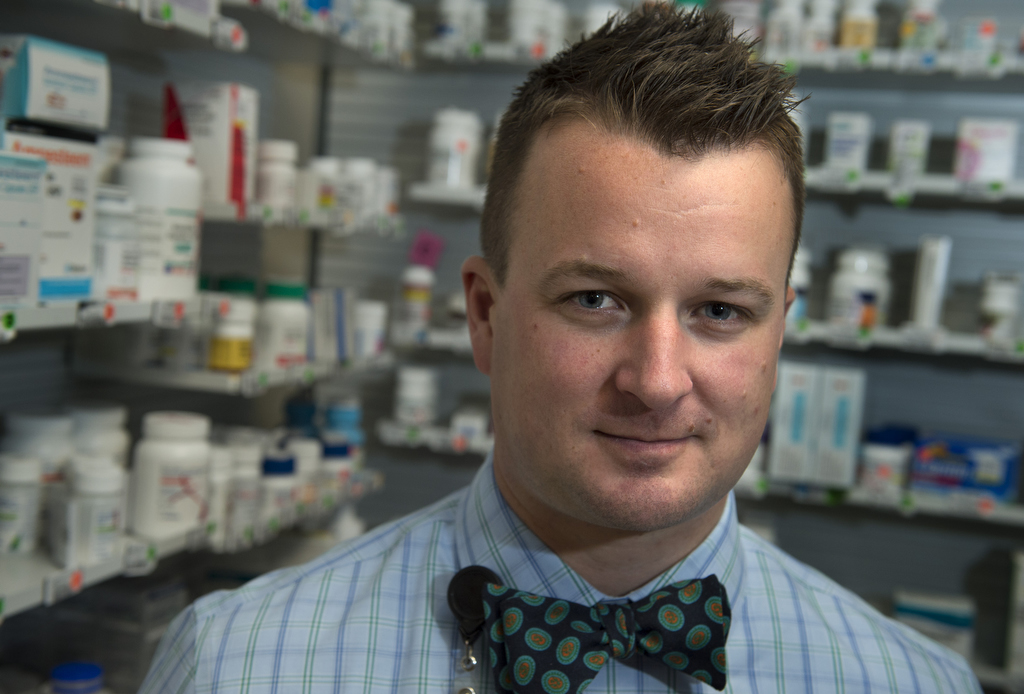
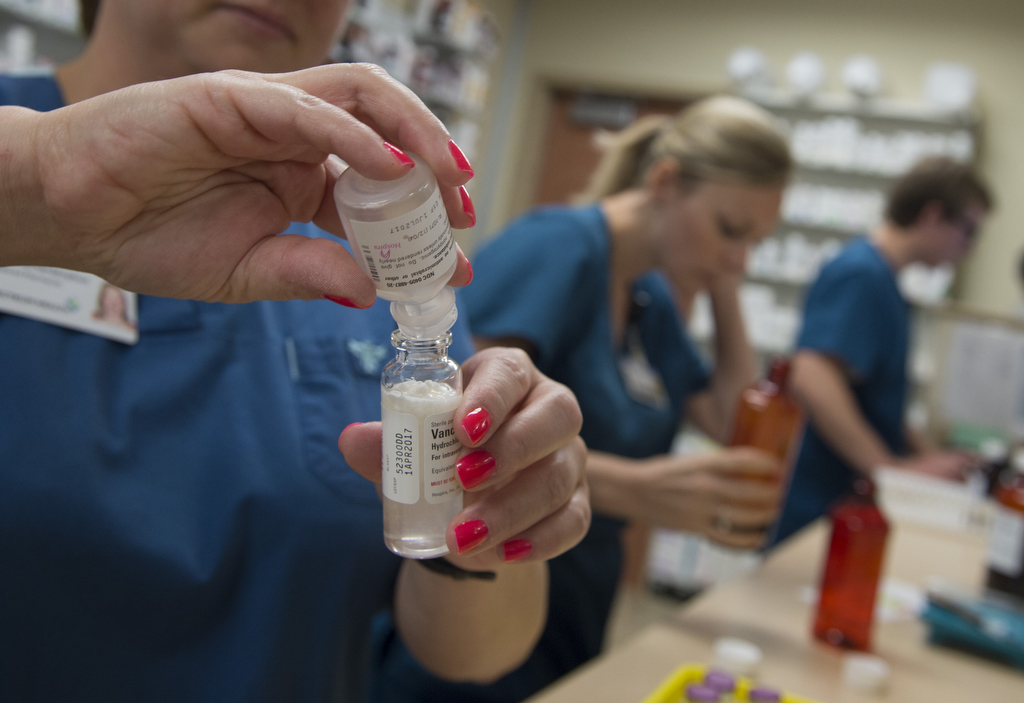
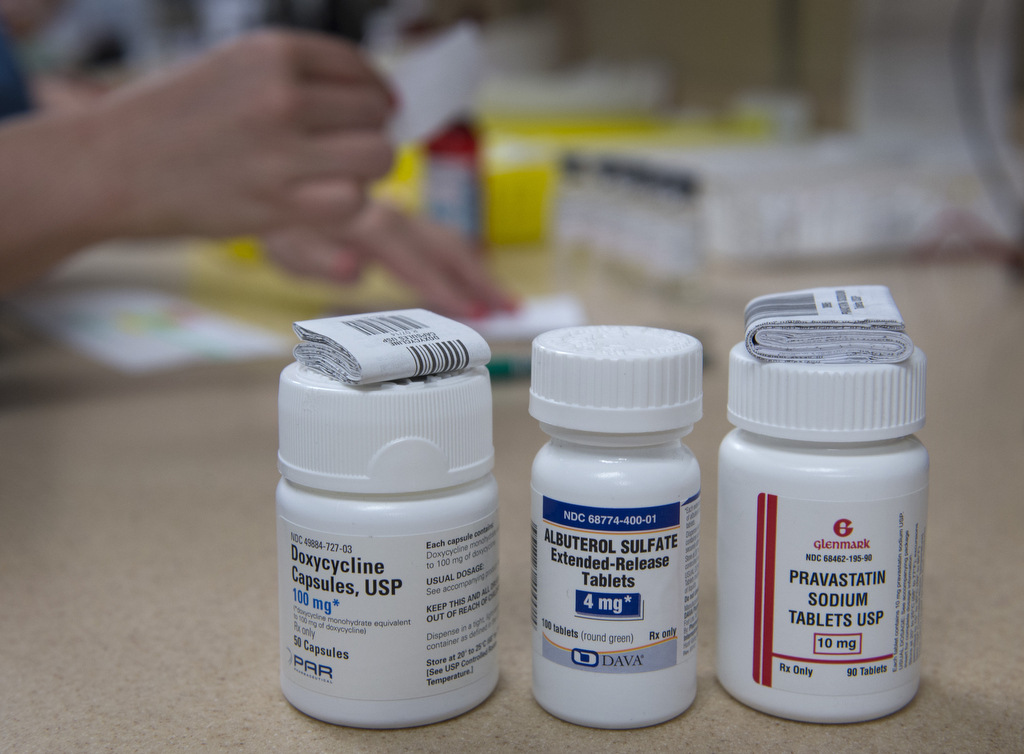
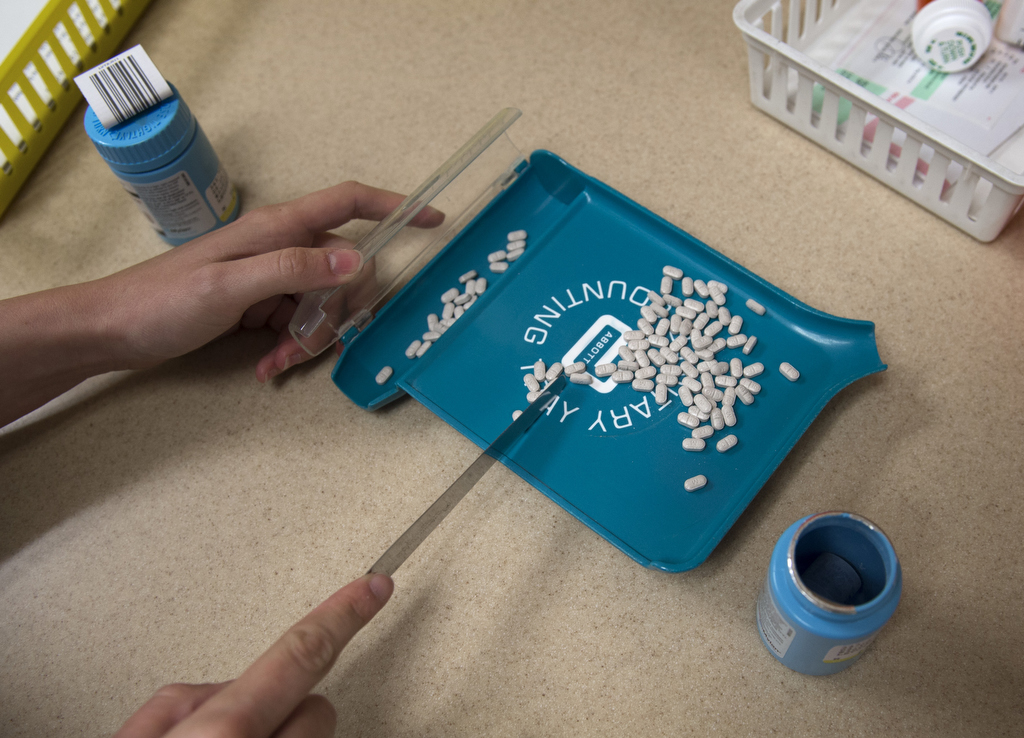

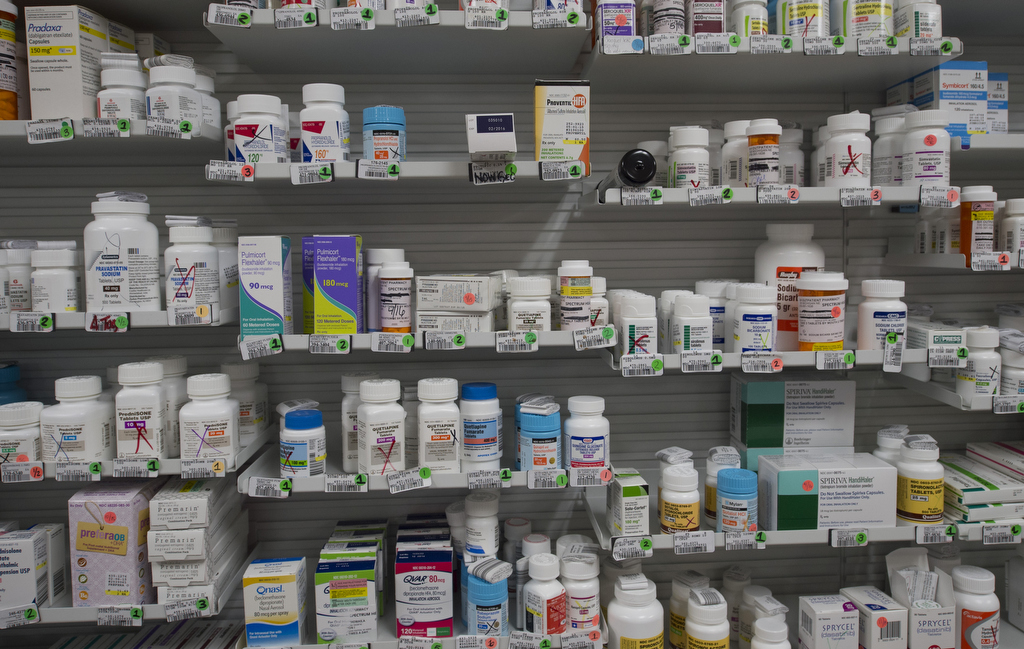
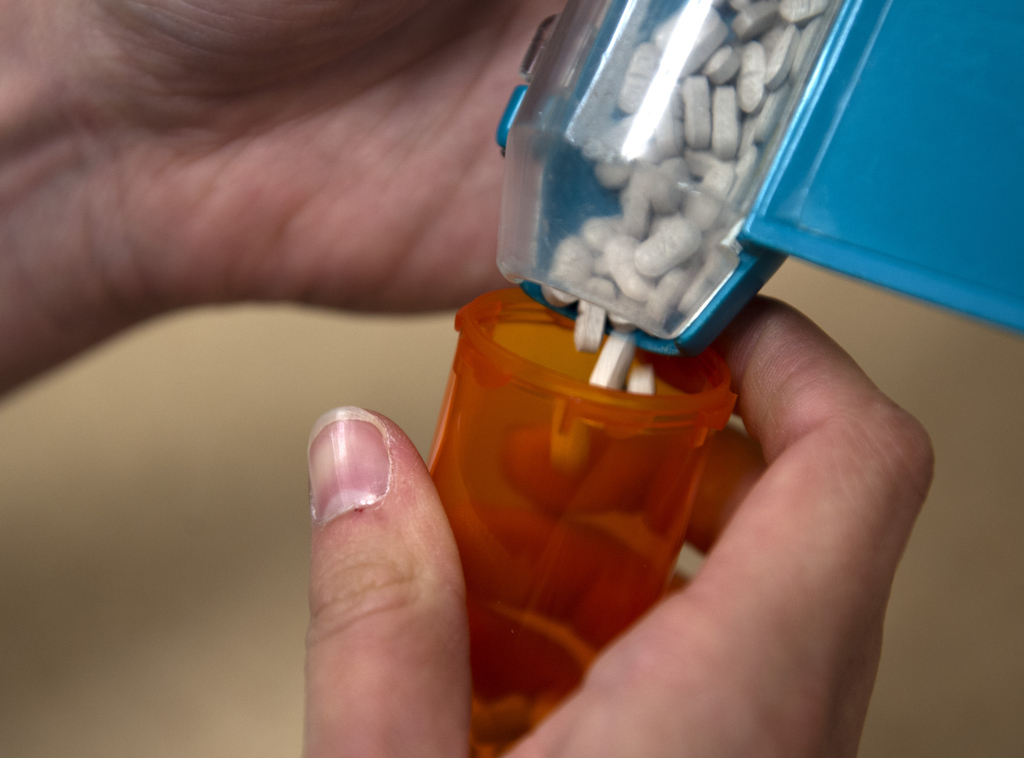
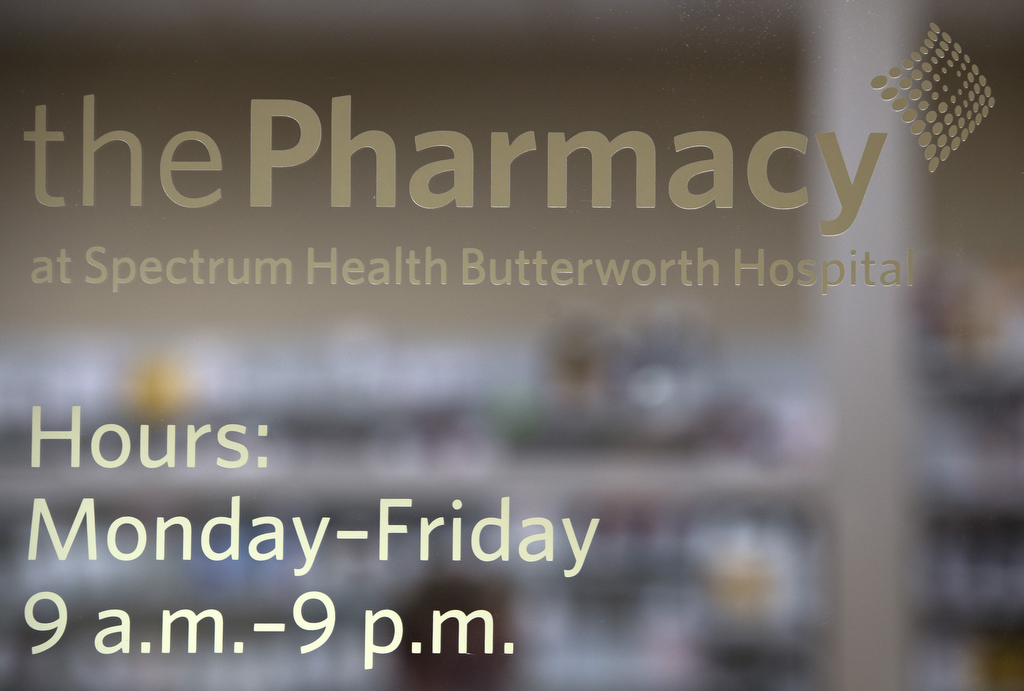
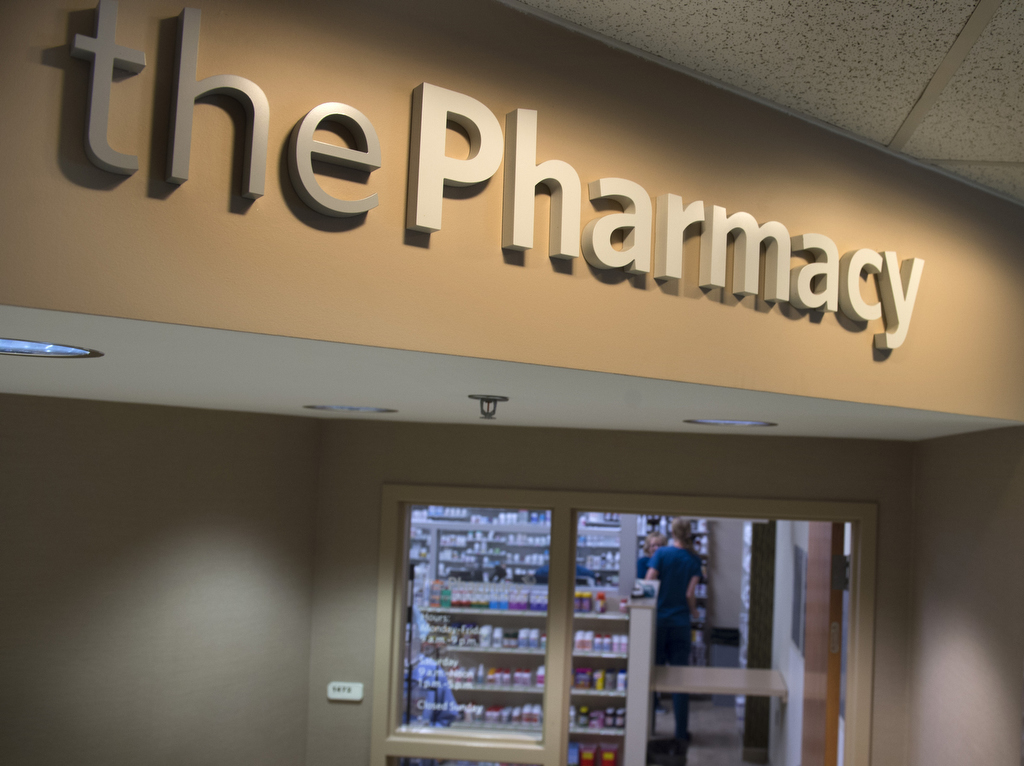
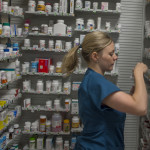
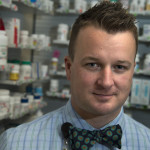
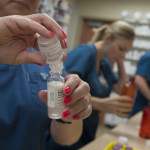


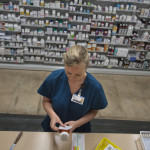
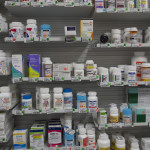



 /a>
/a>
 /a>
/a>
 /a>
/a>